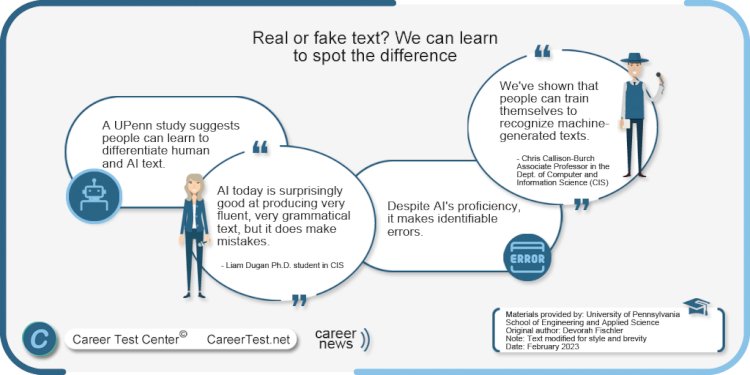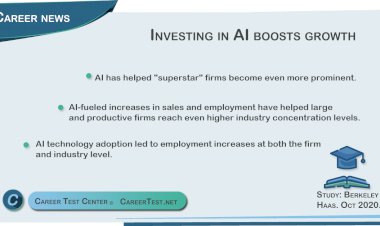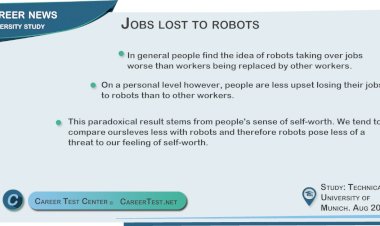Real or fake text? We can learn to spot the difference.
Researchers trained individuals to distinguish human and AI text, mitigating AI's societal impact and underscoring the need for continuous learning.

Overview
University of Pennsylvania researchers found that training individuals to identify AI-generated text can mitigate societal AI concerns. Despite AI's potential for misinformation, its utility, especially in creative writing, and the importance of continuous learning were emphasized.
Main points
- AI advancements raise societal concerns, including employment and education impacts.
- A University of Pennsylvania study suggests people can learn to differentiate human and AI text.
- The research was led by Chris Callison-Burch and Ph.D. students Liam Dugan and Daphne Ippolito.
- Despite AI's proficiency, it makes identifiable errors.
- The study employed a web-based game "Real or Fake Text?" for realistic training.
- Participants performed better than chance, suggesting AI text is detectable.
- Continuous training is necessary as AI evolves.
- AI has positive potential in creative writing, but factual accuracy is crucial in other areas.
- The research offers reassurance about AI and highlights its potential in writing.
- Ippolito’s work resulted in Wordcraft, an AI tool that enhances the creative writing process.
Key statements
"We’ve shown that people can train themselves to recognize machine-generated texts. People start with a certain set of assumptions about what sort of errors a machine would make, but these assumptions aren’t necessarily correct. Over time, given enough examples and explicit instruction, we can learn to pick up on the types of errors that machines are currently making."
- Chris Callison-Burch, Associate Professor in the Department of Computer and Information Science (CIS)
"AI today is surprisingly good at producing very fluent, very grammatical text. But it does make mistakes. We prove that machines make distinctive types of errors — common-sense errors, relevance errors, reasoning errors and logical errors, for example — that we can learn how to spot.”
- Liam Dugan Ph.D. students in CIS.
Materials provided by: University of Pennsylvania School of Engineering and Applied Science
Original author: Devorah Fischler
Note: Text modified for style and brevity
Date: February 2023

 vneo
vneo 













